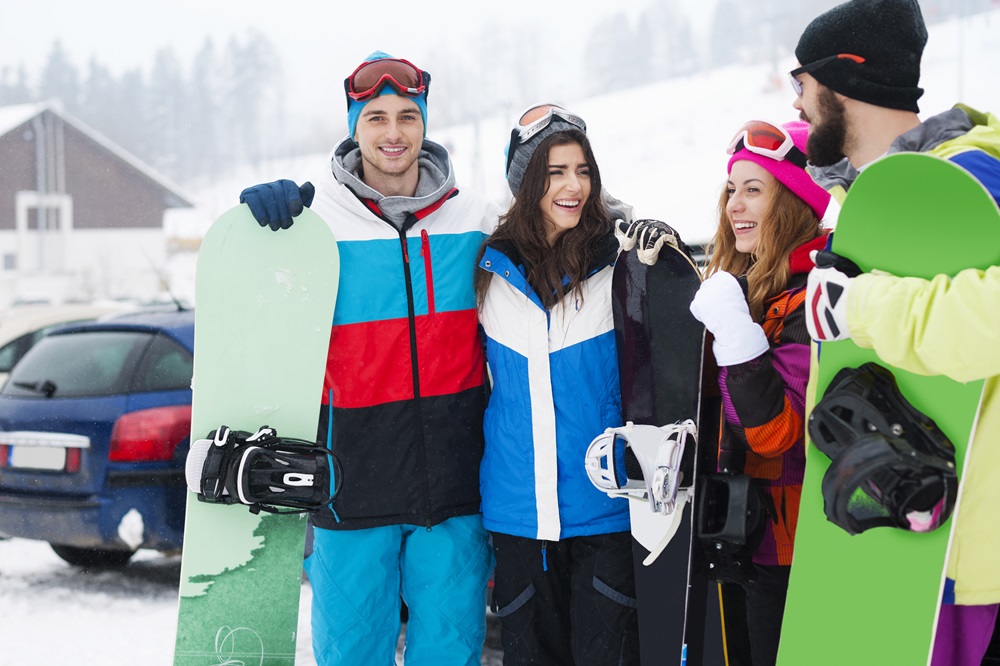Whether you started with a 90cm snowboard package or borrowed gear from a friend, knowing when to upgrade your equipment is crucial for progression.
As a beginner snowboarder, you’ve likely spent countless hours on the bunny slopes mastering the basics. But how do you know when it’s time to invest in more advanced gear?
The Foundation: Understanding Your Current Setup
Beginning snowboarders often start with entry-level packages, typically featuring:
- A shorter board (around 90cm) designed for stability and easy turning
- Soft, forgiving bindings that allow for gradual skill development
- Basic boots focused on comfort rather than performance
- Simple features that prioritize learning over speed and precision
Current Market Statistics
| Equipment Type | Beginner Package | Intermediate Setup | Advanced Setup |
| Board Length | 90-135cm | 145-165cm | 150-170cm |
| Price Range | $200-400 | $500-800 | $800+ |
| Flex Rating | 1-3/10 | 4-6/10 | 7-10/10 |
| Durability | 1-2 seasons | 2-4 seasons | 3-5+ seasons |
Key Indicators It’s Time to Upgrade
1. Physical Growth Markers
Your body has outgrown the equipment if:
- You’ve physically grown more than 4 inches since purchasing your starter package
- Your weight has changed significantly (more than 20 pounds)
- Your boots feel tight or have pressure points
- The board feels unstable at moderate speeds
2. Skill Development Signs
Pay attention to these progression indicators:
- You can confidently link turns on green runs
- You’re comfortable riding switch for short distances
- You can maintain speed control on steeper terrain
- Basic carving feels natural rather than forced
- You’re starting to explore small jumps and terrain features
3. Riding Style Evolution
Consider upgrading when:
- You’re spending more time in the terrain park
- You want to explore off-piste areas
- Your current board feels limiting on steeper runs
- You’re ready to increase your riding speed
- You’re interested in specific riding styles (freestyle, freeride, etc.)
Technical Limitations of Beginner Gear
Board Performance Ceiling
Entry-level boards typically max out when:
- Speeds exceed 20mph
- Turn radius requires sharp edge engagement
- Terrain becomes more challenging
- Powder depth exceeds 6 inches
- Temperature fluctuations affect snow conditions
Impact on Progression
| Skill Area | Beginner Board Limitation | Intermediate Board Advantage |
| Edge Control | Limited edge hold | Enhanced grip and control |
| Speed Stability | Wobbles above moderate speed | Maintained stability at higher speeds |
| Turn Initiation | Requires more effort | Responsive and efficient |
| Flex Pattern | Too soft for advanced moves | Optimal flex for progression |
| Durability | Prone to early wear | Better construction quality |
Investment Considerations
Financial Planning
Before upgrading, consider:
- Your commitment level to the sport
- Frequency of riding (cost per use)
- Seasonal rental vs. purchase options
- Resale value of quality equipment
- Package deals vs. individual components
Cost-Benefit Analysis
Average cost comparison over two seasons:
Rental Equipment: $50/day × 20 days = $1,000
Basic Package: $400 (one-time cost)
Intermediate Setup: $700 (one-time cost)
Making the Transition
Gradual Upgrade Path
Consider this step-by-step approach:
- Start with better boots (most crucial for control)
- Upgrade bindings for improved response
- Invest in a more advanced board
- Add specialized accessories as needed
Testing Before Buying
Smart ways to test new gear:
- Demo days at your local resort
- Borrowing from experienced friends
- Short-term rentals of different models
- Shop-sponsored try-before-you-buy programs
Expert Recommendations
Professional Insights
According to certified instructors:
- Most riders outgrow beginner packages within 15-20 full days of riding
- Skills plateau can occur with limiting equipment
- Proper fitting equipment can accelerate learning
- Investment in quality gear pays off in progression speed
Safety Considerations
Remember these crucial points:
- Never upgrade before mastering basic skills
- Ensure new equipment matches your ability level
- Consider taking lessons with new gear
- Maintain and inspect equipment regularly

Common Mistakes to Avoid
Premature Upgrading
Watch out for these warning signs:
- Rushing to advanced gear before mastering basics
- Choosing equipment based solely on aesthetics
- Overlooking the importance of proper sizing
- Skipping crucial skill development stages
Delayed Upgrading
Signs you’ve waited too long:
- Frequent falls due to equipment limitations
- Inability to progress despite proper technique
- Physical discomfort during normal riding
- Visible wear affecting performance
Future-Proofing Your Purchase
Long-term Considerations
When selecting new equipment, think about:
- Your riding goals for the next 2-3 seasons
- Potential style preferences as you progress
- Resort types you plan to visit
- Time commitment to the sport
- Physical changes (if still growing)
Investment Protection
Maximize your upgrade value:
- Research warranty coverage
- Consider insurance options
- Learn proper maintenance techniques
- Store equipment correctly off-season
Conclusion
The decision to upgrade from your initial 90cm snowboard package should be based on a combination of physical indicators, skill progression, and practical considerations.
By carefully evaluating your development and understanding the limitations of beginner equipment, you can make an informed choice about when to invest in more advanced gear.


